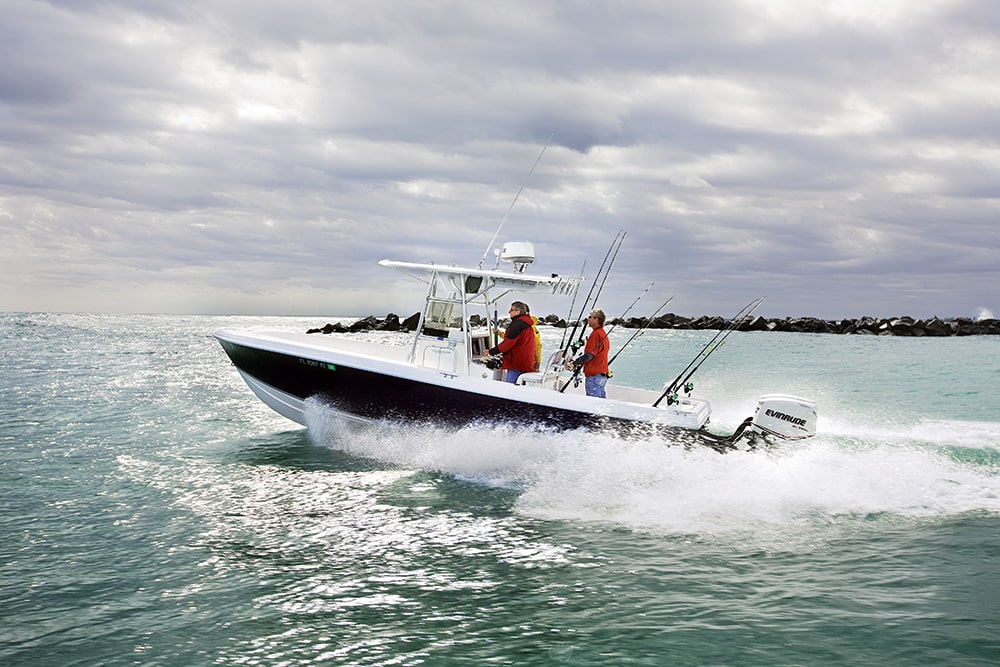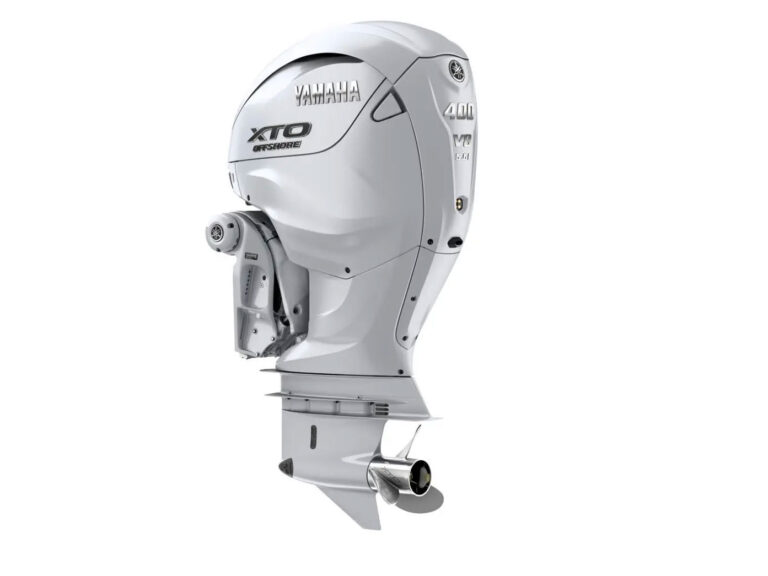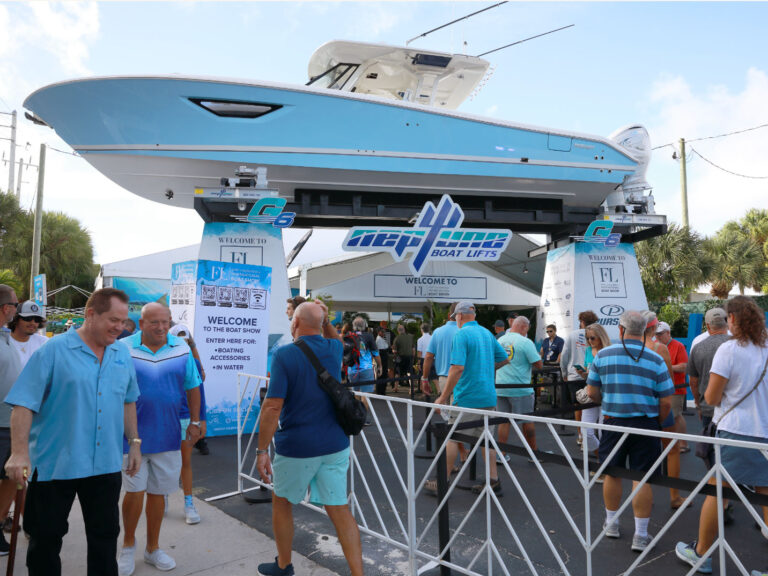
Calculating a boats fuel consumption proves important to boaters for number of reasons. With knowledge of a boat’s fuel economy-how much fuel the boat burns per mile or nautical mile of travel-boaters can estimate the range they can safely expect to run.
Some boaters go as far as to develop a boat fuel consumption chart for their boat. You can use any Boating boat test as a model for this. Of course, you can also install a fuel consumption monitor if your boat’s engine does not provide a fuel consumption readout.
Additionally, knowing your boat’s fuel consumption provides a good idea of how much it will cost you to operate the boat. When shopping for a new boat or marine engine, fuel consumption provides a major basis of comparison.
Estimating Your Boat’s Fuel Burn
It’s a different story with a boat. Since sea conditions vary more widely than road conditions, the time it takes to cover a distance varies more, so fuel consumption is measured in gallons per hour. Also, while many engines have fuel flow readouts, the ability to estimate fuel burn while shopping for a boat or engine is important. You measure fuel efficiency in pounds of fuel used per horsepower developed per hour. The pros call it “brake-specific fuel consumption.” This makes it important to know that gasoline weighs about 6.1 pounds per gallon and diesel fuel 7.2 pounds per gallon.
On average, an in-tune four-stroke gasoline engine will burn about 0.50 pounds of fuel per hour for each unit of horsepower. Likewise, a well-maintained diesel engine burns about 0.4 pounds of fuel per hour for each unit of horsepower it produces. These figures don’t take drag of the boat, sea conditions, or efficiency losses through transmissions and bearings into account. But they provide an excellent relative difference between engines when shopping.
Confused yet? Look at the mathematical examples below, and a boat’s fuel economy should become clear.
Boat Fuel Consumption Formulas and Calculator
Below is the Formula to Estimate Maximum Engine Fuel Consumption.
GPH = (specific fuel consumption x HP)/Fuel Specific Weight
Constants | Gas | Diesel
SFC: .50 lb. per HP | .40 lb. per HP
FSW: 6.1 lb. per gal. | 7.2 lb per gal.
300-hp Diesel Engine Example
GPH = (0.4 x 300)/ 7.2 = 120/7.2 = 16.6 GPH
300-hp Gasoline Engine Example
GPH = (0.50 x 300)/ 6.1 = 150/6.1 = 24.5 GPH
Keep in mind that these formulas apply when the engine is making peak horsepower, which usually is near wide-open throttle. Fuel consumption will be decreased at cruising speeds. Also remember that engines with electronically-managed fuel injection and direct injection will yield higher fuel efficiency.
To apply these formulas to your boat, just plug in its horsepower rating and multiply it by the specific fuel consumption average, then divide the product by the fuel specific weight.
Another way is to take the total engine horsepower and divide it by 10 for gas engines or .06 for diesel engines. As you can see, this formula is simpler to calculate and easier to remember. You don’t even need a pencil and paper. It’s just not as accurate as the formulas above. The result represents the approximate gallons per hour the engine will burn at wide-open throttle. For example, a 150-horse engine will use about 15 gallons per hour. Though these figures represent averages and can vary from 10 to 20 percent, they’ll put you in the ballpark so you can plan a long-distance cruise without fear of running out of gas. You can also keep track of your boat’s fuel consumption by installing a fuel monitor.









